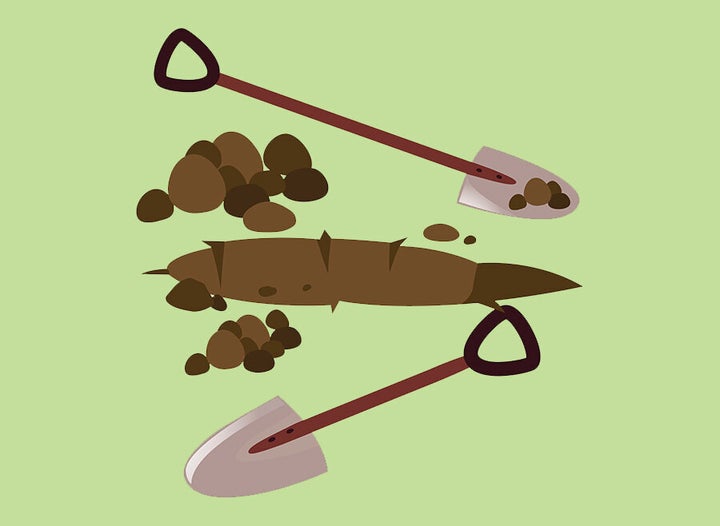With gym memberships reaching eye-watering amounts – £40 a month, on average, but some can cost more than £100 – an academic is urging people to take inspiration from the 16th century when it comes to getting fit.
Dr Joan Fitzpatrick, a senior lecturer in English at Loughborough University, explored workout advice from The Castle of Health, a popular and influential dietary written by English scholar, Sir Thomas Elyot, in the 1500s.
“Physical exercise is key to a healthy body and healthy mind and, like us, our early modern ancestors understood the importance of being active,” said Dr Fitzpatrick.
Early modern dietaries advised a good diet, sleep, purges, and breathing good air to stay healthy. They also emphasised the value of regular exercise, although some of their suggestions may have got lost in history – “possibly for good reason”, added Fitzpatrick.
So what did she learn?

One of the key exercise categories in the book is ‘strong or violent exercise’, said Fitzpatrick – which sounds terrifying but is fairly straightforward. Activities you could try, as recommended by Sir Elyot, include: “delving” (or just digging) in heavy clay soil; “bearing of heavy burdens” (carrying something heavy); and climbing or walking up a steep, upright hill.
Elyot also recommends holding a rope and climbing up it, as well as hanging by the hands on anything “above a man’s reach”, so your feet don’t touch the ground.
Another top tip is to – and we quote – “hold the arms steadfast, casting another man to assay to pull them out and, notwithstanding, he keepeth his arm steadfast in forcing thereunto the sinews and muscles”. Fitzpatrick helpfully translated this as a type of resistance training where you hold your arms firmly by your side while a partner tries to pull them up and out.
“He also recommends holding a rope and climbing up it.”
Sir Elyot was a fan of an category called ‘swift exercise’, which includes activities like running, tennis, throwing a ball, trotting a space of ground forward and backward, tip-toeing while holding up the hands, and moving your arms up and down without using weights.
There’s also the ‘vehement exercise’ category: football, throwing a ball and running after it, and running in a harness while another person pulls you back.
In another section of the book, Elyot recommends exercises for specific parts of the body. Some of the more eyebrow-raising activities include “moving of the breath in singing or crying” and “loud reading”, which were thought to expel “excess humours” and target the chest and lungs; and blowing into “instruments which do require much wind”, to target the intestines.
Dr Fitzpatrick, author of Three Sixteenth-Century Dietaries: A Critical Edition, said of her analysis: “I’m not an athlete or a physical trainer, but even I can see that while some of the exercises recommended by Elyot are clearly historical – for example playing with spears – most are still relevant and eminently do-able.
“Anyone who does not have a garden with a heavy, clay soil in which to dig this spring might consider doing some of the other exercises recommended by Elyot.” Well, there you haveth it.
See Dr Fitzpatrick’s full analysis of 16th century exercises on the Loughborough University website.